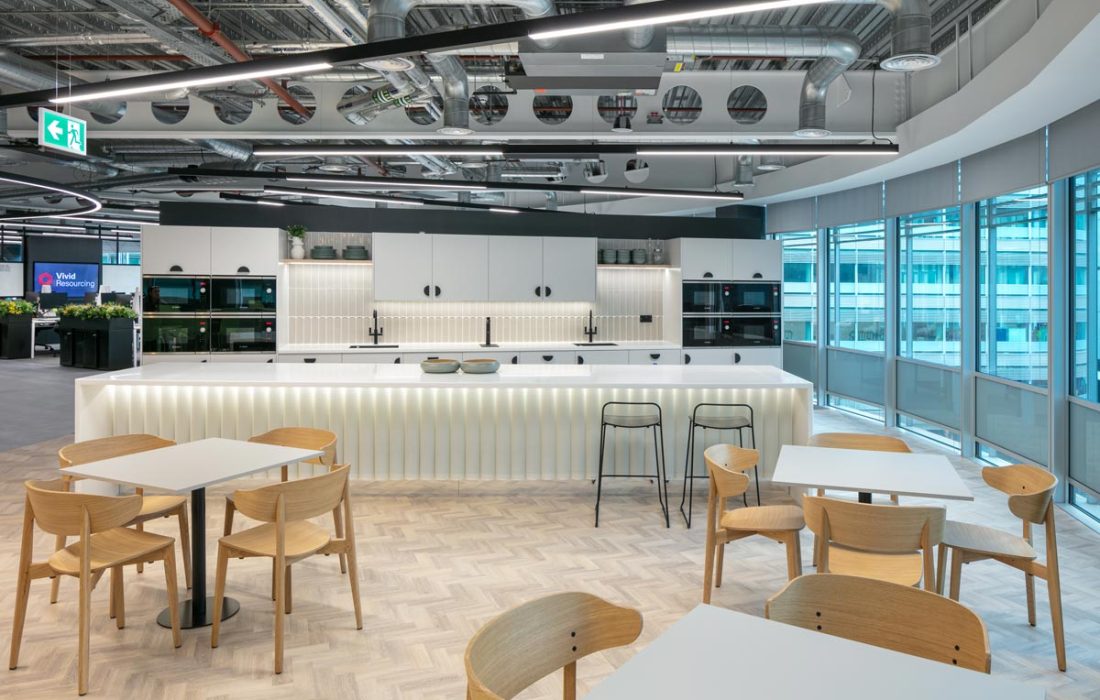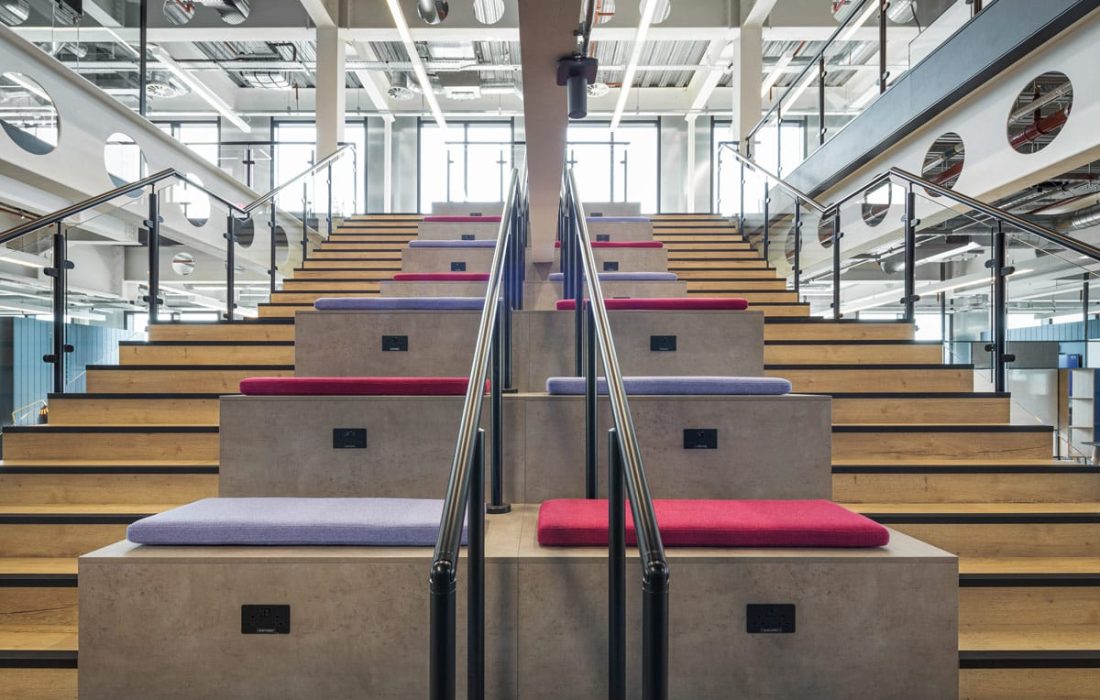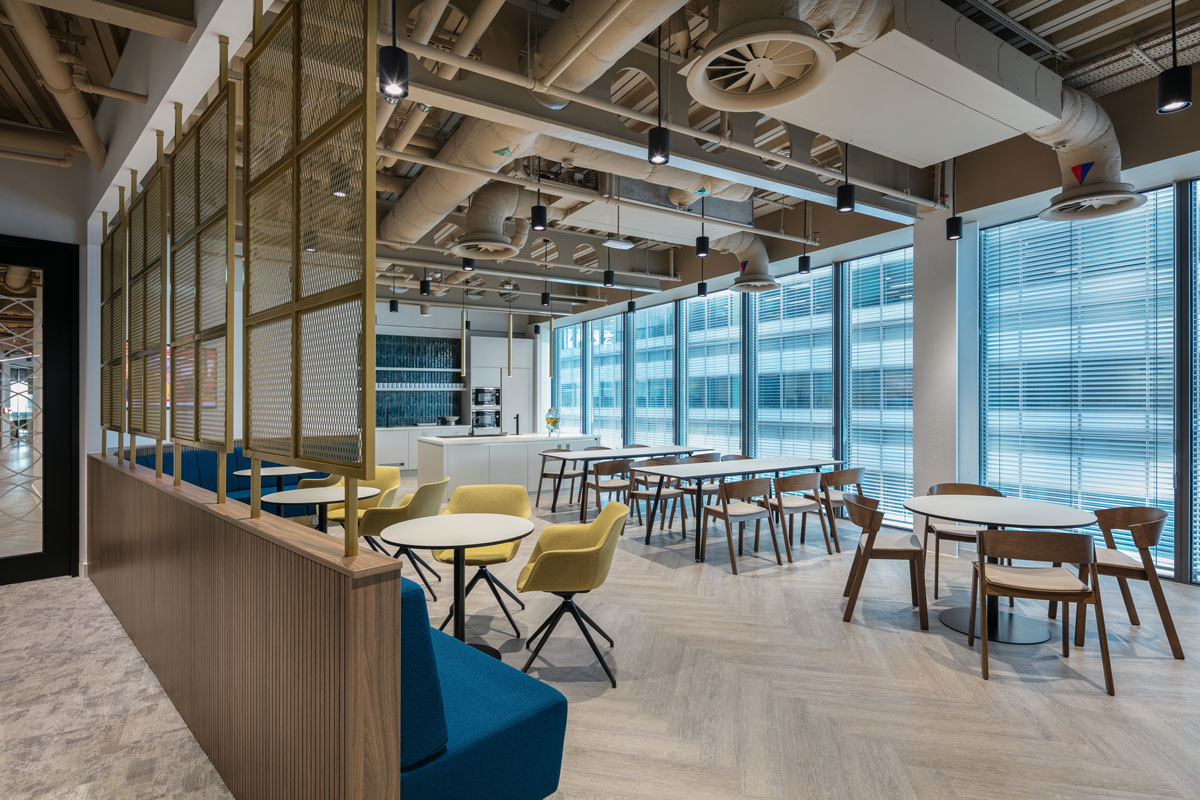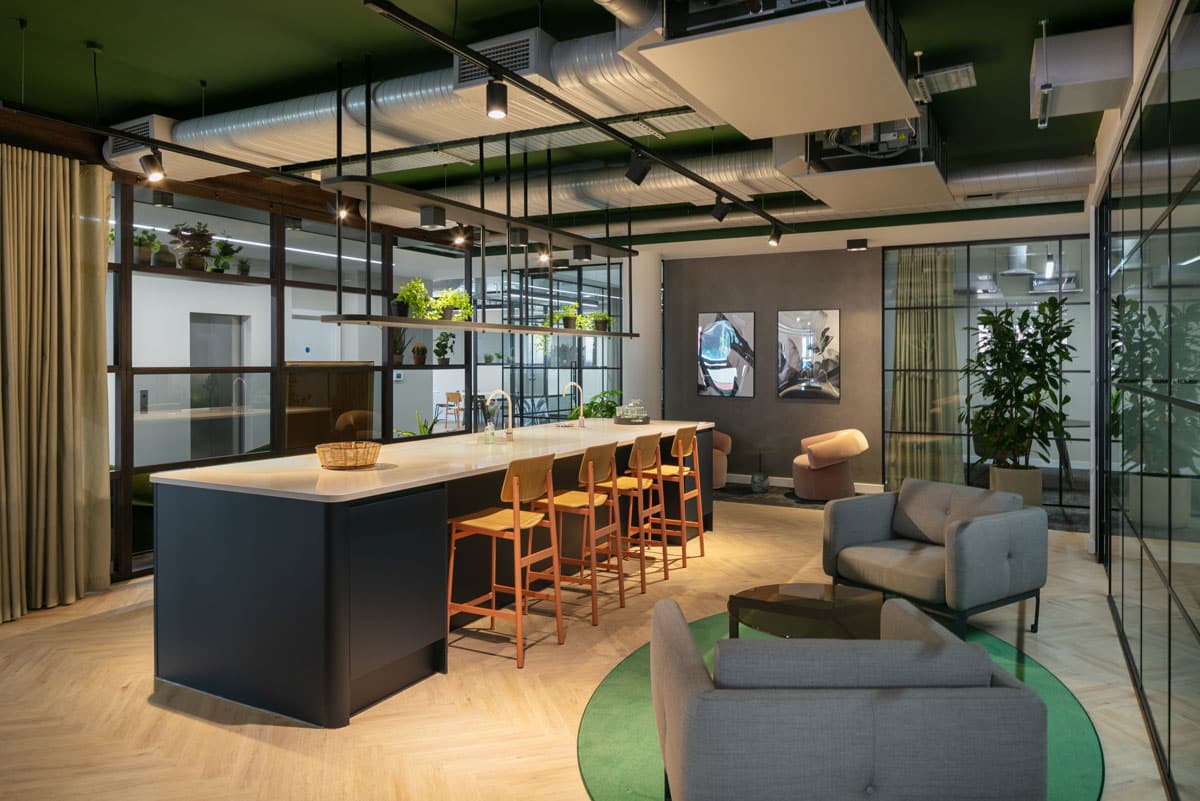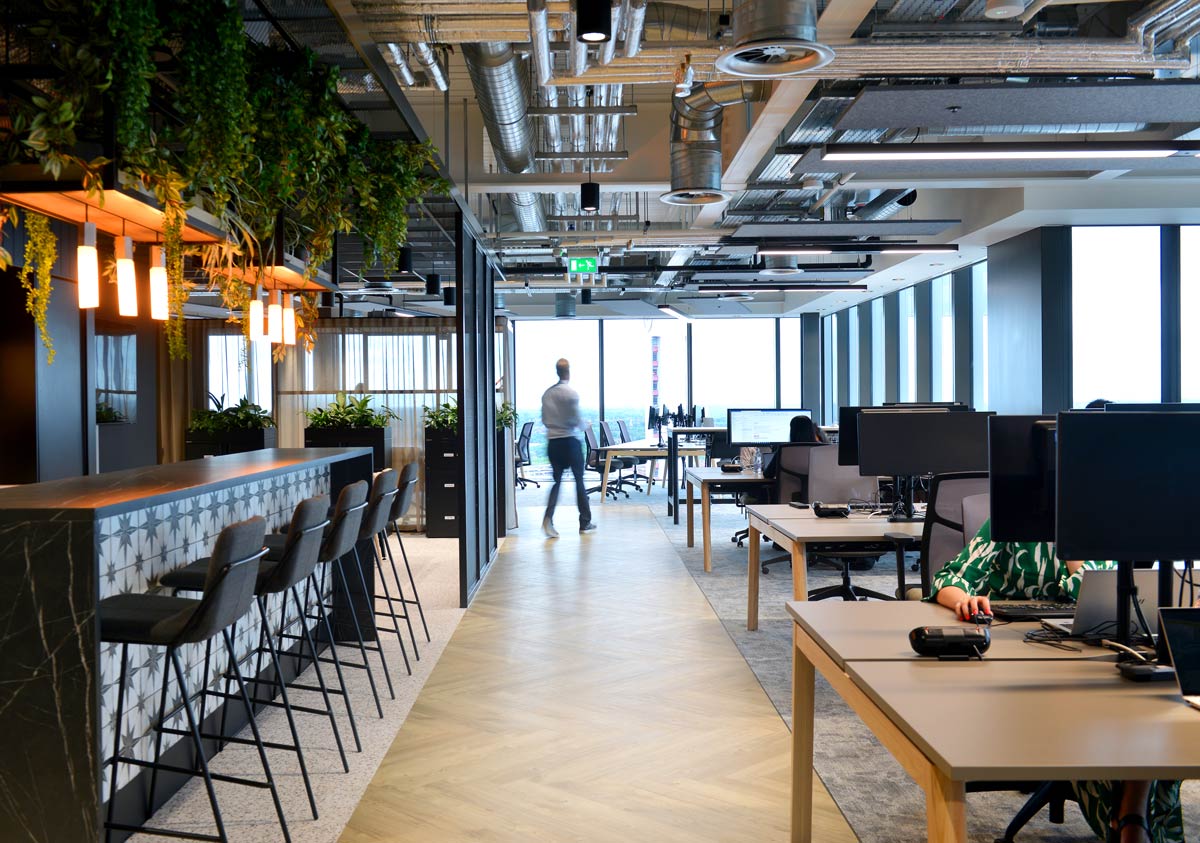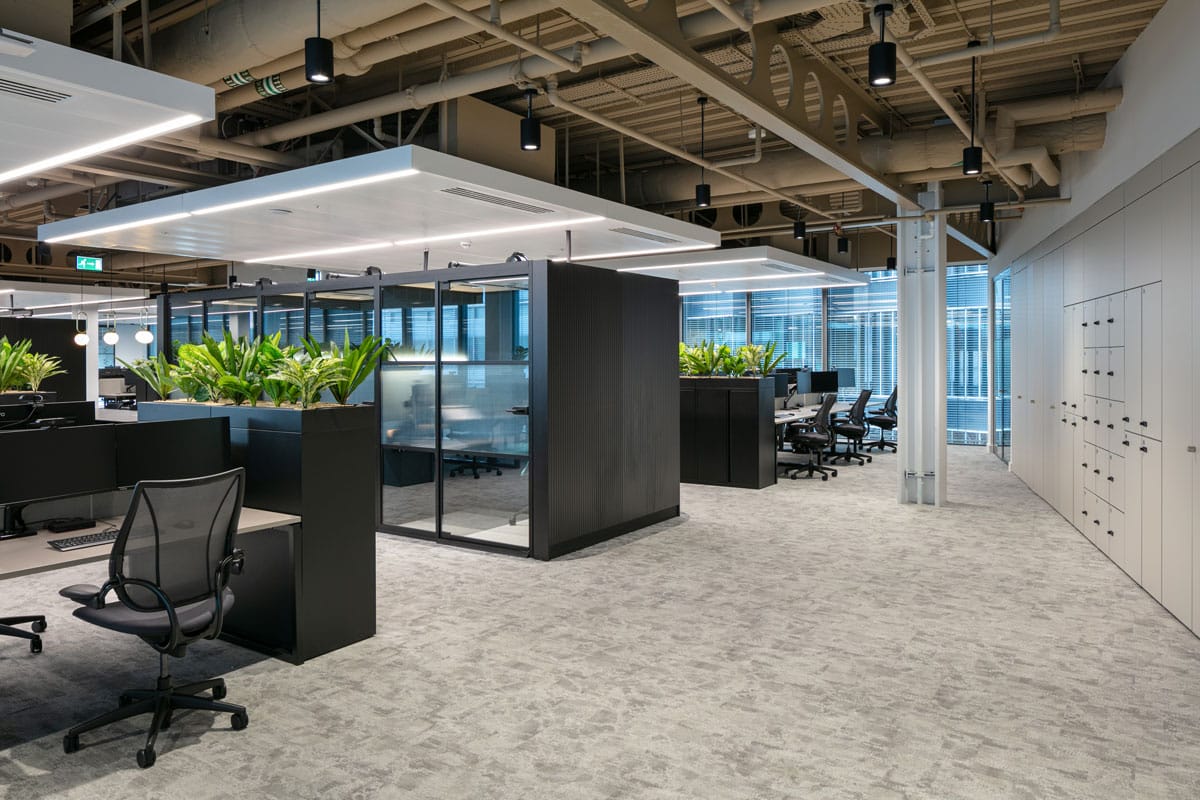Mergers and acquisitions can promise opportunity – increased market share, talent consolidation, and operational efficiency. But they also come with a critical challenge: integration. While financial systems and reporting structures can be merged relatively quickly, bringing together two distinct workplace cultures takes thoughtful strategy – especially when it comes to the spaces people work in every day.
So, how do you design a workplace that helps new teams come together, rather than drift apart? In this article, we explore key strategies for integrating culture, space, and systems following a merger or acquisition.
1. Start with Cultural Discovery
Before pen hits paper on a new office layout, take time to understand the cultural DNA of each organisation involved. Consider:
- What values do they prioritise?
- How do teams typically work – independently or collaboratively?
- Are they more hierarchical or flat in structure?
This cultural audit will reveal similarities to build on – and differences to bridge. For example, if one company thrives in open-plan environments and the other relies on enclosed offices, you’ll need to create a layout that offers both – or a compromise that meets in the middle.
2. Create Space for Everyone to Feel Represented
Post-merger, it’s easy for one company’s identity to dominate the workplace – especially if the move takes place at their existing HQ. But even subtle shifts in colour schemes, naming conventions, or seating plans can signal exclusion to the acquired team.
Design choices should reflect the new, shared identity – not just a continuation of one company’s legacy. Simple ideas include:
- Rebranding communal spaces with the new company name/logo
- Choosing neutral finishes that don’t favour one brand
- Inviting team members from both sides to co-design elements of the new space
This not only builds a sense of ownership but also signals that everyone’s presence is valued.
3. Design for Connection, Not Just Function
Bringing teams together physically is one thing. Helping them build rapport is another. The office can play a powerful role in encouraging organic connection between previously separate groups.
Think about:
- Shared kitchens and breakout zones that become casual meeting points
- Cross-functional neighbourhoods that mix employees from both teams
- Collaboration zones for project-based work that encourage blended teams
These design moves help break down silos and foster shared goals – the foundation of a strong, unified culture.
4. Consider Change Management as Part of Design
Moving into a newly designed space is more than a physical shift. It’s an emotional and cultural transition. Successful post-merger office design is supported by a clear change management plan, which should include:
- Early communication about what to expect
- Opportunities for employees to contribute input
- Support during the move – from training on new systems to tours of the new space
- Feedback mechanisms post-occupancy
A workplace design is only successful if people understand it, accept it, and use it as intended.
5. Build Flexibility into the Design
In a post-merger landscape, uncertainty is inevitable. Team structures may change, headcounts may shift, and work styles may evolve as cultures blend.
That’s why your post-merger workplace should avoid rigid planning. Instead:
- Use modular furniture and moveable walls
- Prioritise adaptable zones that can evolve over time
- Design multi-purpose spaces to maximise utility
This gives the new organisation room to grow and settle organically without another costly redesign down the line.
6. Use Technology to Support Unity
Merging systems, workflows, and communication platforms is a huge task – and one that often spills into the physical environment. Ensure that your office technology infrastructure supports:
- Cross-team collaboration (e.g., shared screens, integrated video conferencing)
- Hot desking or hybrid working setups that don’t privilege one team over another
- Digital wayfinding to help people navigate a new space together
Unified technology helps reinforce a sense of “one team,” no matter where employees sit.
7. Champion Wellbeing During the Transition
A merger can be emotionally taxing. New reporting lines, changed team dynamics, and a fresh workspace can all affect employee wellbeing. A well-designed office can help smooth the transition by prioritising:
- Access to natural light and greenery
- Quiet spaces for decompressing
- Thoughtfully placed signage and wayfinding
- On-site wellness amenities (gyms, breakout rooms, reflection areas)
When employees feel supported in their environment, they’re more likely to adapt and embrace change.
Final Thoughts
The most successful post-merger workplaces aren’t just beautiful – they’re intentional. They honour the past, embrace the future, and offer a space where new connections can thrive. By taking a strategic, human-centred approach to workplace design, businesses can help their newly combined teams align faster, collaborate better, and build a culture that truly reflects the new organisation.
At ADT Workplace, we specialise in creating environments that support transformation – whether you’re merging teams, evolving your brand, or rethinking how your people work best. Get in touch to discuss your next workplace project.


